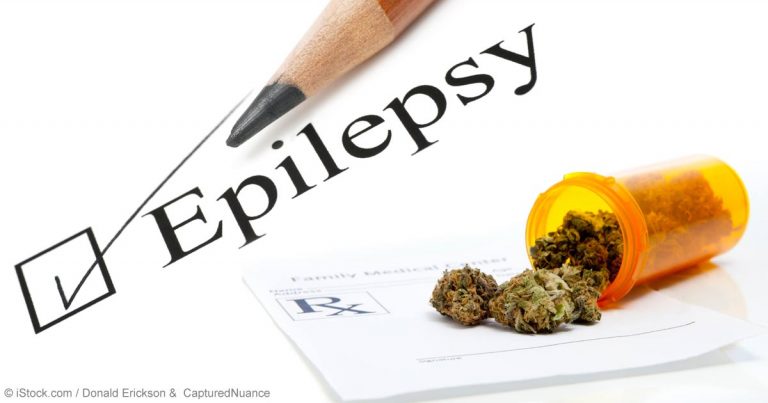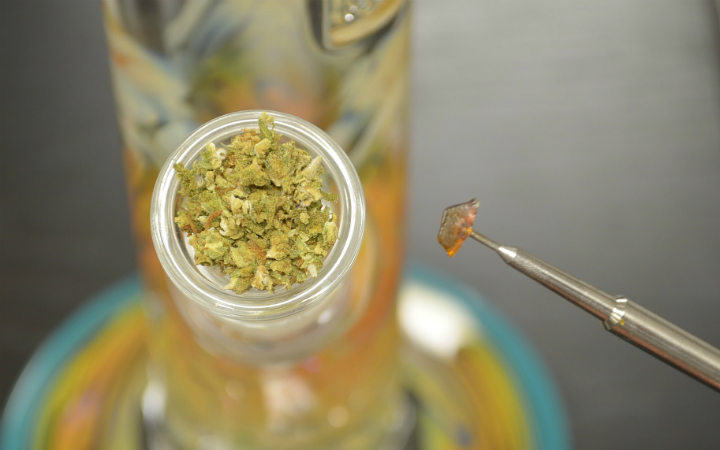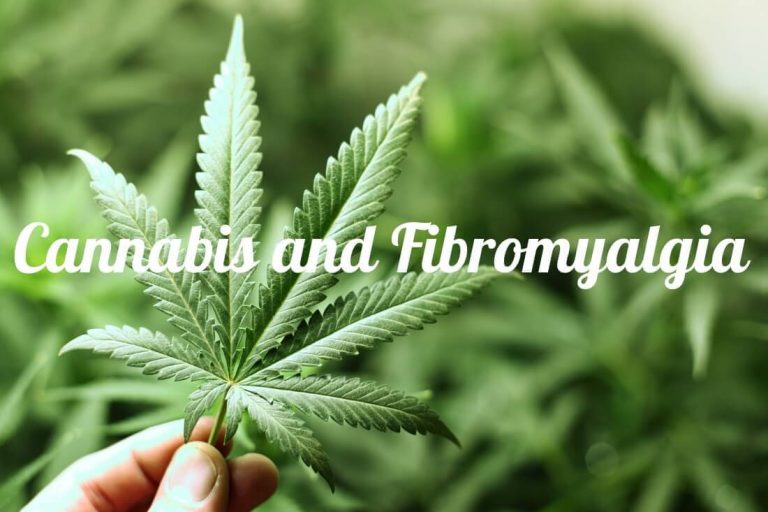A Guide to Cannabis Edibles

Cannabis edibles are food products that contain cannabinoids, often times with an emphasis on THC, the main psychoactive cannabinoid in cannabis. Cannabinoids are soluble in fats and alcohol, but not water. The old stoner mantra of “I’m saving these stems to make a tea with them” might not end up working out too well. To infuse cannabis, it must be heated with either one of those two substances (a type of fat or alcohol). When heated properly, a process called decarboxylation occurs. Decarboxylation is a chemical reaction in which a carboxyl group is removed and carbon dioxide is released. Once the cannabinoids in the plant have been fully decarboxylated they can then be ingested orally to produce a ‘high’.

There are a variety of different types of cannabis edibles. More often than not, dried cannabis is cooked with either butter (to create cannabutter) or another preferred type of oil. The infused product can then be used to make a myriad of different edibles. The most common of them usually being various baked goods, cannabis brownies and cookies are typically the classic edible. Cannabis drinks, (sometimes called drinkables) have been around for centuries, traditionally in Indian drinks such as a lassi. However, it wasn’t until relatively recently that they started to gain popularity in the United States. The most notable company producing cannabis beverages, Mirth Provisions, is based in the recreationally legal state of Washington. The more states legalize recreational cannabis, the more likely we are to see companies coming in and filling a niche market such as this.
So what’s the difference between eating an edible and smoking?
One of the main reasons why edibles produce a different high than smoking or vaping is because when using different ingestion methods, THC is absorbed differently by the body. When smoking cannabis, instead of passing through your stomach and liver, the cannabinoids go straight to your brain. This makes the smoking high more immediate, but not as long. When eating an edible on the other hand, THC is metabolized by the liver, this then converts it to 11-hydroxy-THC. 11-hydroxy-THC happens to be more adept at crossing the blood-brain barrier than it’s counterpart, this can often result in a longer and more intense high. It is also important to know that with s while they high may be longer, it will often take longer to kick in than when smoking.

Homemade edibles can be really difficult to dose at times. You always hear that story from your friend how he went to a party and got way too high off some ganja brownies. Luckily, with cannabis legalization becoming more and more regular, brands of edibles with standardized dosages are more prevalent. In practically any edible you buy at a dispensary, the amount of milligrams of THC contained is typically labeled. However many dispensary testing is not standardized, one dispensary might say it has a certain amount and another might say a different amount. So, when buying edibles from multiple dispensaries it can be hard at times to decide how much to take.
This is why companies such as Cheeba Chew who create standardized edibles are nice to buy from. Cheeba Chews are essentially small candies, the most common of which is basically a Tootsie Roll, that is infused with cannabis. They range from containing 10 mg THC, (which is usually considered a standard dose) all the way up to 175mg THC which they call a deca dose. Cheeba Chews are currently stocked in over 800 dispensaries and come in indica, sativa, and hybrid




